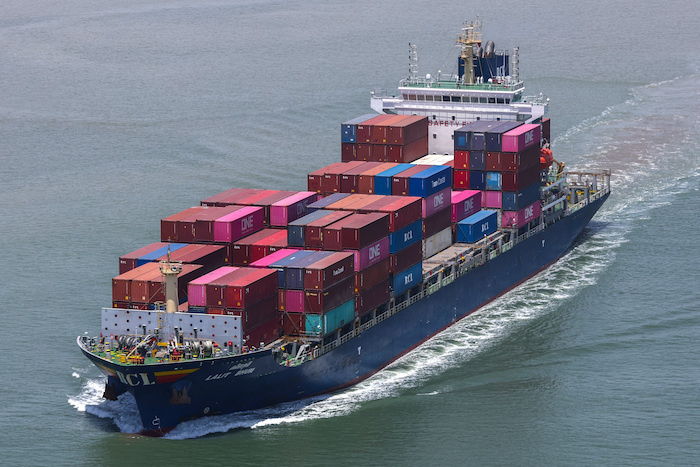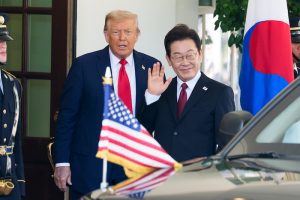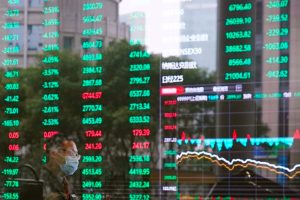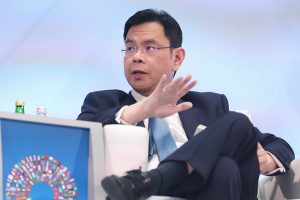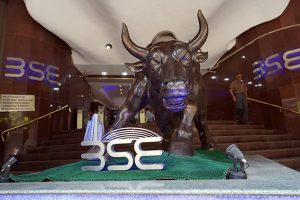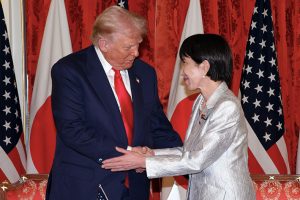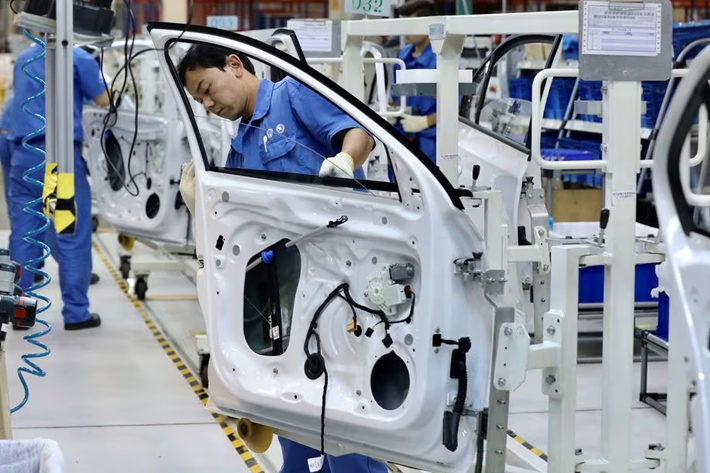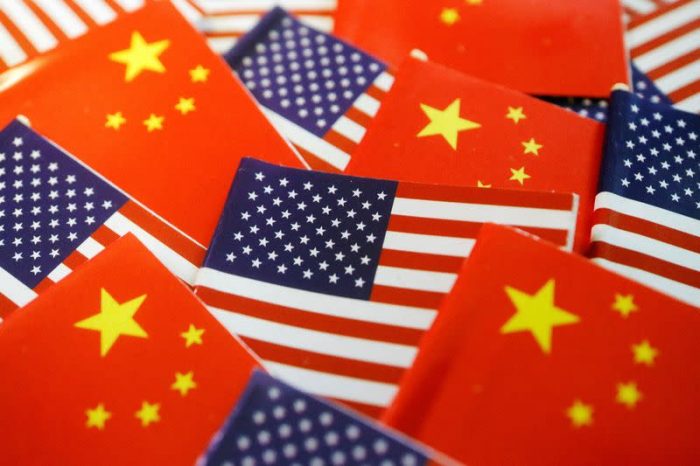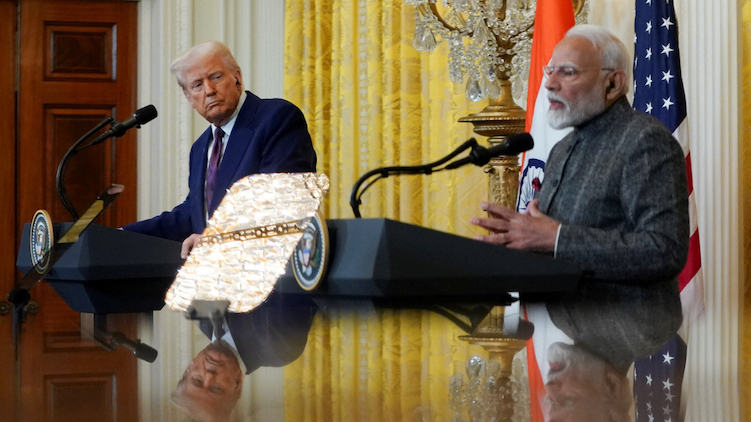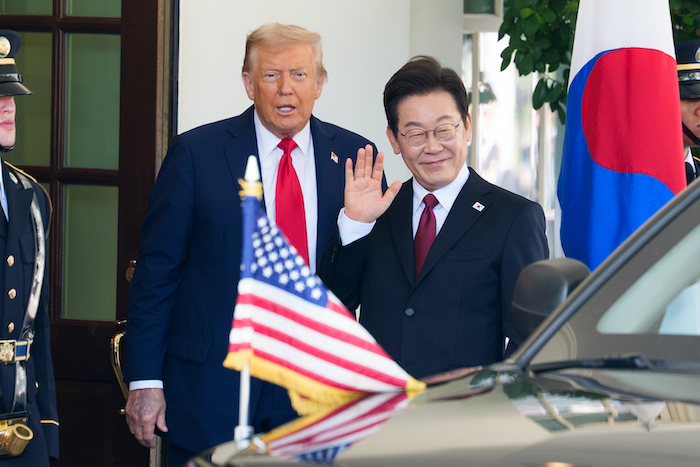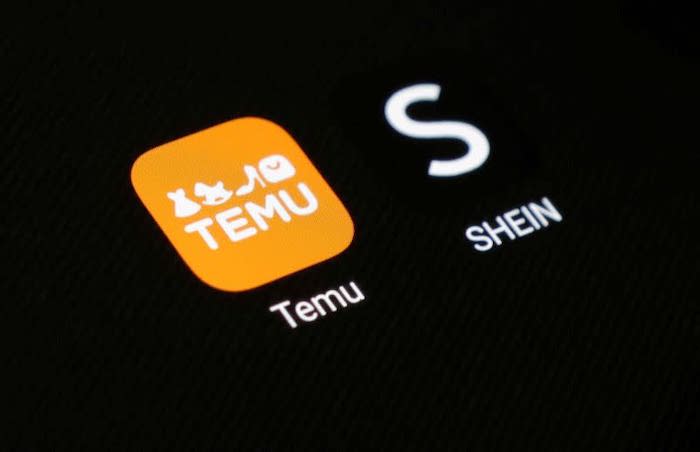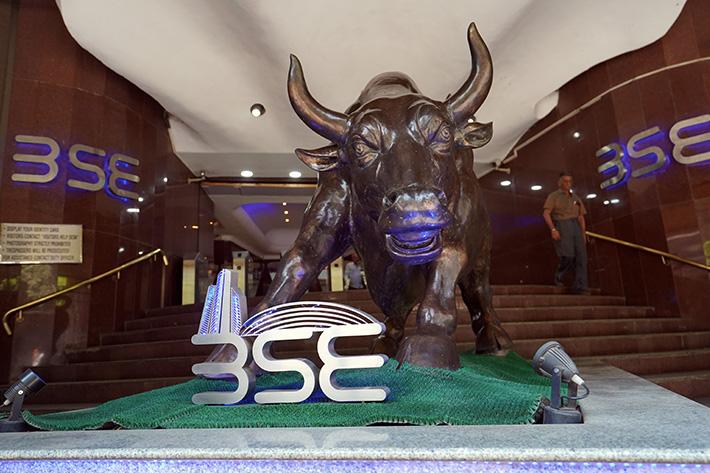The wave of import tariffs imposed by US President Donald Trump this year has sparked a race to sign free-trade agreements around the world and helped seal a range of new business alliances as countries shift exports away from America.
Among many deals negotiated or boosted this year, Australia and Malaysia have signed trade agreements with the United Arab Emirates, which came into force today (October 1). The UAE also signed Comprehensive Economic Partnership Agreements with Kenya and New Zealand at the start of the year.
Four more nations – Bangladesh, Sri Lanka, Hong Kong and Chile – are seeking to join the Regional Comprehensive Economic Partnership – the world’s largest trading bloc – later this month, officials from Southeast Asian nations said in Kuala Lumpur last Thursday.
ALSO SEE: US Negotiating a Chips-For-Protection Deal With Taiwan: Lutnick
RCEP currently has 15 member nations – China, Japan, South Korea, Australia, New Zealand, plus all 10 members of the Association of Southeast Asian Nations (ASEAN).
Some analysts have described the RCEP as a potential buffer against tariffs imposed by the United States, though its provisions are considered weaker than some other regional trade deals due to competing interests among its members.
EU eyes India for fourth FTA this year
Meanwhile, the European Union has not been idle, striking free-trade agreements with Indonesia, Mexico and the South American bloc Mercosur, while pursuing a fourth deal with India by the end of this year.
The South Americans have also reached a free trade deal with the four-nation European Free Trade Area – made up of Iceland, Liechtenstein, Norway and Switzerland – and relaunched negotiations with Canada that were stalled in 2021.
India is negotiating a trade deal with the United States to try to get tariffs imposed by the Trump Administration reduced, but it is also conducting trade talks with the EU and New Zealand.
Brussels has been clear in stating that it sees new alliances as part of its response to “unjustified” US tariffs of broadly 15% on EU goods and to Chinese oversupply and export restrictions on critical minerals the EU needs for its green transition.
EU and other states look beyond the US
The new trade pacts may not fully compensate for losses in commerce with a more protectionist America – time will tell – but rival economies have been spurred into action nonetheless.
EU trade chief Maros Sefcovic told lawmakers last month in a debate about the one-sided EU-US tariff deal struck at the end of July that the United States, which represented 17% of EU trade last year, was “not the only game in town”.
“We also need to take care of the other 83%. That means continuing our efforts to diversify our relations,” he said.
The message has been taken on board by countries previously reluctant to open their markets, including India and France, whose opposition to the EU-Mercosur deal seems to have softened.
The trend has also been welcomed by World Trade Organization director-general Ngozi Okonjo-Iweala, as long as the agreements concur with WTO rules.
“Members negotiating more agreements with each other, that helps to diversify trade, it supports the WTO. It’s not in competition because most of these agreements are built on our platform,” she said last month.
Deals may bolster multilateral system
But will new alliances offset US tariffs? In the short-term, no. The impact of US tariffs is immediate, while the benefits of new trade agreements are years away, because of potentially lengthy approval processes and tariff cuts that are often staged over five to 10 years.
Investment to take advantage of those benefits could kick in sooner though.
For the longer term, it is unclear. New trade deals will eke out decimal points of economic growth, while EU exports to the United States and China, where demand for EU goods has slumped, make up roughly 4% of EU GDP. But not all of that will be lost.
Niclas Poitiers, research fellow at the Bruegel think tank, says average estimates for the Trump tariff impact on EU exports imply a 0.2-0.3% decline of GDP for the bloc, though the impact of uncertainty on corporate investment may be less benign.
Poitiers said trade agreements have political value too by offering stable relations at a time when the United States is undermining the global economic order and pushing through deals that are not compliant with World Trade Organization rules.
“It’s about making sure that your trading relationships are not just reliant on international rules, which are much less firm these days, but are also bound by a bilateral treaty,” he said.
What may emerge is a network of deals underpinning the multilateral system, but excluding the United States and to some extent China.
Sabine Weyand, director-general of the EU executive’s trade division, told a European Parliament hearing last week that the EU was presenting itself as “the reliable trading partner for the rest of the world”.
Sander Tordoir, chief economist at the Centre for European Reform, said Europe could lead a ‘rest of the band’ group, but noted that it and others, such as Japan, ran trade surpluses and so needed buyers, not more sellers.
“The challenge is enormous,” he said. “The US has long constituted about 50% of global trade deficits, acting as a key source of incremental demand for global exports.”
So the band would have to find ways to create demand for each other’s exports while pushing back against Chinese overcapacity.
For the European Union, the rest of the world would be too small and the only economy big enough to offset the United States and China was its own.
“Europe will need to stoke internal demand or face stagnation,” Tordoir said.
- Jim Pollard with Reuters
ALSO SEE:
China’s Manufacturing Slump Drags on Amid US Trade Uncertainty
Amid Comparisons With H-1B, Questions Surround China’s New K Visa
EU Set to ‘Hit China With 20 Anti-Dumping Probes’ – SCMP
Trump Unveils Pharma, Truck, Furniture Tariffs: Asia Stocks Fall
Asian Nations Queuing up to Join World’s Biggest Free Trade Bloc
US Tariffs Could Cost Vietnam $25 Billion, UNDP Says
EU Warns ‘China Must Adapt’ to Resolve Trade Disputes
India, US To Hold Talks Amid Heated Rhetoric From Washington




